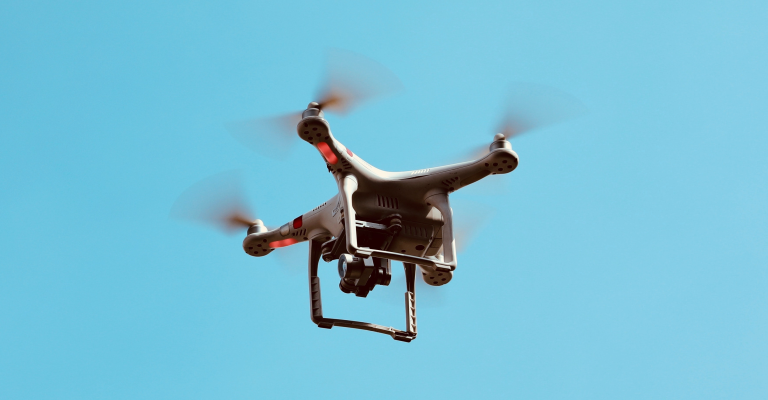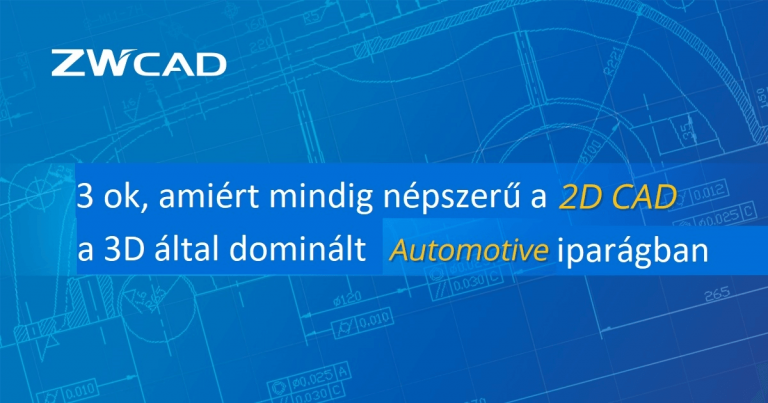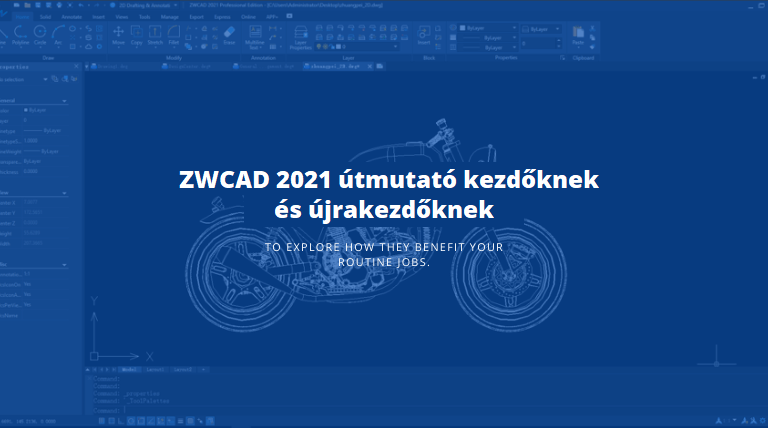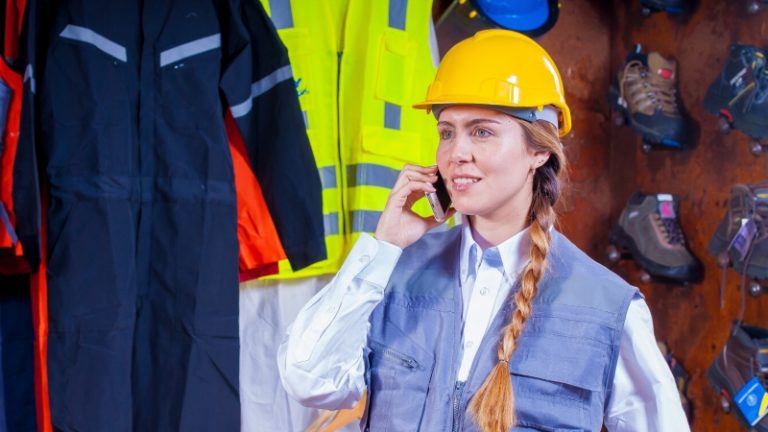
Surveying with Drones? Here Are 5 Things You Need to Know
- 6 mins
One of the technological revolutions that construction professionals gladly embrace is drones. As the use of drones is predicted to be an industry trend in 2020, you might want to know more about them before making the purchase decision.
To help you out, Miguel Ángel de Mingo, the CEO of ZWSpain, invited Leo Vaquero, an expert in topography and CAD to answer 5 frequently asked drone-related questions. You will learn about their pros and cons as well as the creation of topographic drawings with the drone-produced data.
About Leo Vaquero
![]()
Leo has been in the construction industry since 1988 and a technical surveying engineer at TOPO-DRON Ingeniería Topográfica C.B. (a topographic engineering service provider) for 7 years now. He has also served at INTA (the National Institute for Aerospace Technology of the Government of Spain) before and is a Polytechnic University of Madrid alumnus.
Miguel: What are the advantages of surveying with drones?
Leo: Above all, I should declare that my opinions below are mostly centered around the more affordable drone photogrammetry. It works by continuously taking aerial photos that overlap at different degrees and then generating a 3D model based on them.
As regards the main advantage, I’d say, is their great performance on large areas. Traditionally, surveying a field of 100 hectares would take 3 to 4 weeks. Now that we have drones, such a large piece of land can be covered in about 40 minutes. It’s indeed wonderful for shortening the project duration. Also, you can get the complete digital model within 24 hours. Needless to say, that contributes to efficient decision making.
Besides, undeveloped sites are often hard or even dangerous to access. To ensure the safety of staff and reduce the damage to equipment, drones can be a reliable and economical choice.
![]()
Drones are helpful in surveying inaccessible sites
Furthermore, GSD (Ground Sampling Distance, the distance between two consecutive pixel centers measured on the ground) is vital to photogrammetric accuracy. So, that means the focal length and resolution of the camera being used are important. In this case, drones flying at a lower altitude can help you achieve relatively accurate results even when you don’t own fancy cameras.
Last but not least, drones can be your agile CCTVs (closed-circuit televisions) and affordable security personnel. As a construction practitioner, I’m not alien to construction equipment theft. Construction sites are heaven for thieves while hell for your wallet. That’s why you might consider investing in some drones.
Miguel: Can surveying with drones replace traditional topography?
Leo: No, I believe it is merely another methodology of carrying out topographic projects. According to its updated definition, topography means graphically representing reality. Depending on the precision required in that representation, you’ll need to choose the appropriate methods and instruments. For example, within photogrammetry itself, covering regular surfaces like quarries is different from surveying the slope of a bridge.
![]()
The traditional surveying methods will not be replaced
Miguel: How do you obtain and utilize the data needed to make topographic plans? Do you need any special software?
Leo: I’ll break the process down to 3 phases and sketch the characteristics of the software needed accordingly.
First, the flight, during which the flying altitude, the value of the GSD, the focal length, the overlaps, and the arrangement of GCPs (Ground Control Points, what really give you the scale and georeferencing of the 3D model) are planned. In a drone, there’s an IMU (Inertial Measurement Unit, which makes GPS receivers work when GPS signals are unavailable) system and a GPS one. Together, they deliver data that indicate the position of the camera lens’s optical center and the 3 aircraft principal axes (roll, pitch, and yaw). During this phase, you need the right software to plan the flight.
Second, data processing. This stage includes screening photos, photogrammetrically adjusting the model, measuring the model coordinates of the GCPs, and transforming the model system (based on photos) to the ground system. After completing these steps, you’d get the scaled and geo-referenced 3D model. By now, you need software that can cover the 4 steps mentioned. Plus, the program should allow you to draw on that model with a stereoscopic vision, that is, draw in 3D.
Finally, plan editing. You need to adjust the scale, add symbols, etc. in a CAD program. Mentioning the CAD design tool, I would recommend ZWCAD, whose robust computing power enables a fast and stable opening and editing process even when your hardware are modest. From my perspective, it is a tool that can help surveyors a lot.
Topographic drawings can be opened in ZWCAD very quickly (See for yourself)
Miguel: Nothing’s perfect, though. What are the drawbacks of surveying with drones?
Leo: Let me point them out according to the aforementioned phases.
To begin with, flight permits and AESA (Spanish Aviation Safety and Security Agency) licenses are necessary. In fact, very few drone companies are permitted to fly above specific spaces, such as urban areas, roads, etc. Moreover, you ought to purchase aviation liability insurance as the owner of the drones. Please note that whoever rents a drone also shoulders some responsibilities.
Next, you need considerable storage space and a lot of RAM to process such a tremendous amount of data, and specialized graphics hardware for photos and models. As for this point, ZWCAD, as I’ve mentioned above, can help because it consumes very few resources so that you wouldn’t need more expensive equipment.
Lastly, a stereoscopic vision system is preferable. Although you don’t need a 3D monitor thanks to the use of anaglyphs, the effect won’t be the same, I tell you.
Miguel: Is there any alternative to drone photogrammetry?
Leo: The alternative options would be an airborne scanner or a LiDAR (Light Detection and Ranging) system. Well, if we were to compare them, that’d be another article.
In sum, generating precise topographic plans and maps with drone photogrammetry is complicated. Few companies can do the job. That said, TOPO-DRON covers all phases of such drone surveying projects, leases drones to construction professionals, and offers professional training.
Miguel: Leo, thank you so much for sharing such knowledge! I believe we all know something about drones now.
From the conversation between Miguel and Leo, you should have a deeper understanding of a drone’s role in the construction industry. With the accurate data it produces, you can create better topographic drawings quicker. If aided by a powerful CAD tool, you can get even more effective! Why not give ZWCAD a try?









